- Learning time
- 30 minutes
- First play time
- 120 minutes
Orbit: The International Space Race
Designed by: Natasha Dickson,Oliver Hart
In Orbit: The International Space Race, players take on the role of space agencies circa 1960 rushing to get their rockets into the firmament. Over 24 fast-moving (mostly!) rounds, your job is to, basically, reach for the galaxy…
The board shows the sun at its centre and around that, the eight planets move one step along their orbital paths at the end of each round. Mercury whizzes around the sun like a child at a playground whereas distant Neptune plods along much more slowly. Your challenge as space agencies is, more than anything, figuring out where each planet will be at a given moment in order to get your not-hugely-manoeuvrable rockets to them.
On each turn, every rocket you’ve built gets to move and manoeuvre. Their exact capacity for movement is shown on your space agency control panel, with four dials showing Points, Speed, Fuel and Build. How far a rocket can move is dictated by the Speed dial. How much fuel they can carry is shown by the Fuel dial, and each manoeuvre (outside of launching from Earth, which is free) – turning, orbiting, landing, launching from any non-Earth planet – costs a precious fuel, in a game where rockets can carry very little of it.
How many points you score when you hit an achievement is dictated by the Points dial.
Achievements are tracked on the board: a flyby, an orbit, a landing, or maybe even a Return to Earth from any planet can score you points, and Orbit rewards pioneers – being the first to reach an achievement also gets you an upgrade: hiking up one of your dials a notch and improving the efficiency of your agency; and this is really key to success, because if you don’t upgrade your space agency will remain a small fry of the cosmos.
Having moved and manoeuvred your rockets, you then get to take a single action: Build, Retrieve, Upgrade, or take Missions. The Build action is the construction of a new rocket, pushing it along path on your board from the Dock to the Launchpad, ready for action. How efficiently you do this depends on your agency’s Build dial. Retrieve simply gathers any rockets who are doing nothing out in space and returns them to the Dock. Upgrade is simply a matter of pushing up one of your dials a single notch. And Missions are – potentially – a way to score extra points; picking up two Mission cards and keeping one or both to consider in the endgame scoring.
The Missions all relate to the achievements (Flyby Neptune, say, or Land on Uranus) so there’s nothing too surprising in the deck – it might even be a Mission you’ve already completed if you’re lucky. But there is an element of risk to taking on Missions, as if they are not completed by the end of the game, they score negative points!
After each round all the planets move, and after Neptune has completed half its orbit, the game is over and any Mission cards are counted up. The highest-scoring player is the winner.
Joe says
Orbit is a game that strikes a very neat balance between a very complex real world theme, and a simple, manageable gameplay mechanics. Plotting the best time to leave Earth in order to maybe get a couple of fly-bys at once is satisfying and easily achievable for a first time player; and those with a head for long-term planning can really go to town, because the movement of the planets is calculable for the whole game. In that sense the theme is inherently served by the gameplay - as it is in route building games like Railways of the World - there's no jarring disconnect between theme and mechanics. It might not be a game with big highs and lows, and one could argue that the gameplay is as predictable as the movement of the planets; but if you feel like exploring the solar system without too much interference from your spacefaring neighbours it'll hit the spot. Also a big thumbs up for the conscious effort on the part of the publishers to make the box as small as possible - a very neat and tidy little package.
The guru's verdict
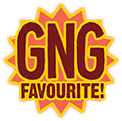
-
Take That!
Take That!
No direct interaction at all, though there is a racing element to be the first to complete achievements and get those precious upgrades.
-
Fidget Factor!
Fidget Factor!
Oftentimes, extremely low. In the early game especially turns can fly by. Towards the end of the game with multiple rockets and unfulfilled Missions to plan, there can be the odd lull.
-
Brain Burn!
Brain Burn!
The rules are pretty straightforward. The brain-burning is working out how to get two moving parts (your rocket and the planet) to intersect at the right time.
-
Again Again!
Again Again!
The planets are set up randomly ensuring their patterns of movement are always different. The Mission card draws are also random, and what's more each Space Agency also has different starting strengths and weaknesses. And what strategy do you employ? Head for the outer planets early, hang back and upgrade your rockets, rely on rockets that take minimal fuel or develop a more manoeuvrable, adaptable fleet?

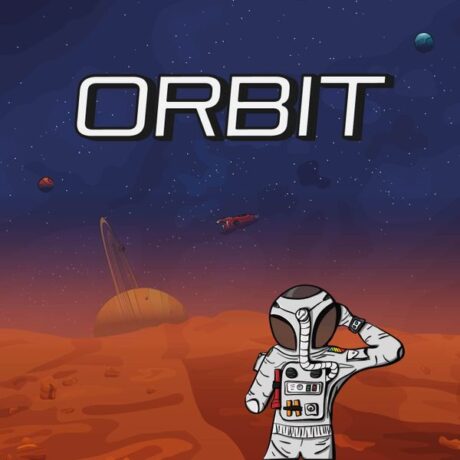


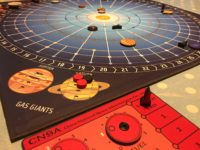



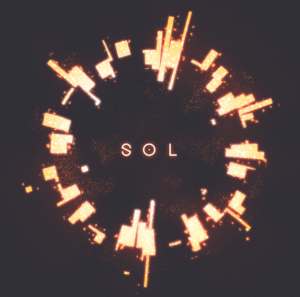
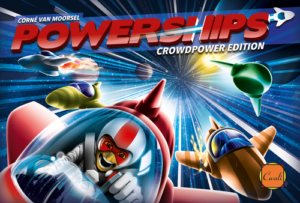
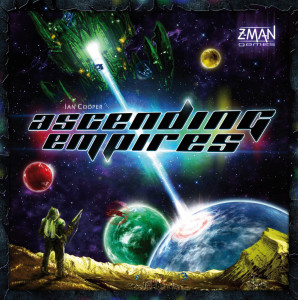
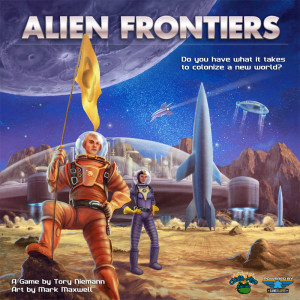
Sam says
A brilliantly simple game, considering how much theme it packs into the experience. Okay, the 'Retrieve' action isn't that realistic, but everything else just makes sense, and if the thrust of the game is actually planning, that possibly-uninspiring word is cleverly hidden amidst the exciting, exploratory theme and the gorgeous board and components. Orbit tells a compelling story of the Space Race in a much shorter time than the (amazing, but comparatively long and heavy) Leaving Earth and High Frontier and reduces the complexities of rocket science down to a point where it has accessibility for reasonably young children, but tactical engagement for adults too. A big hit with us.